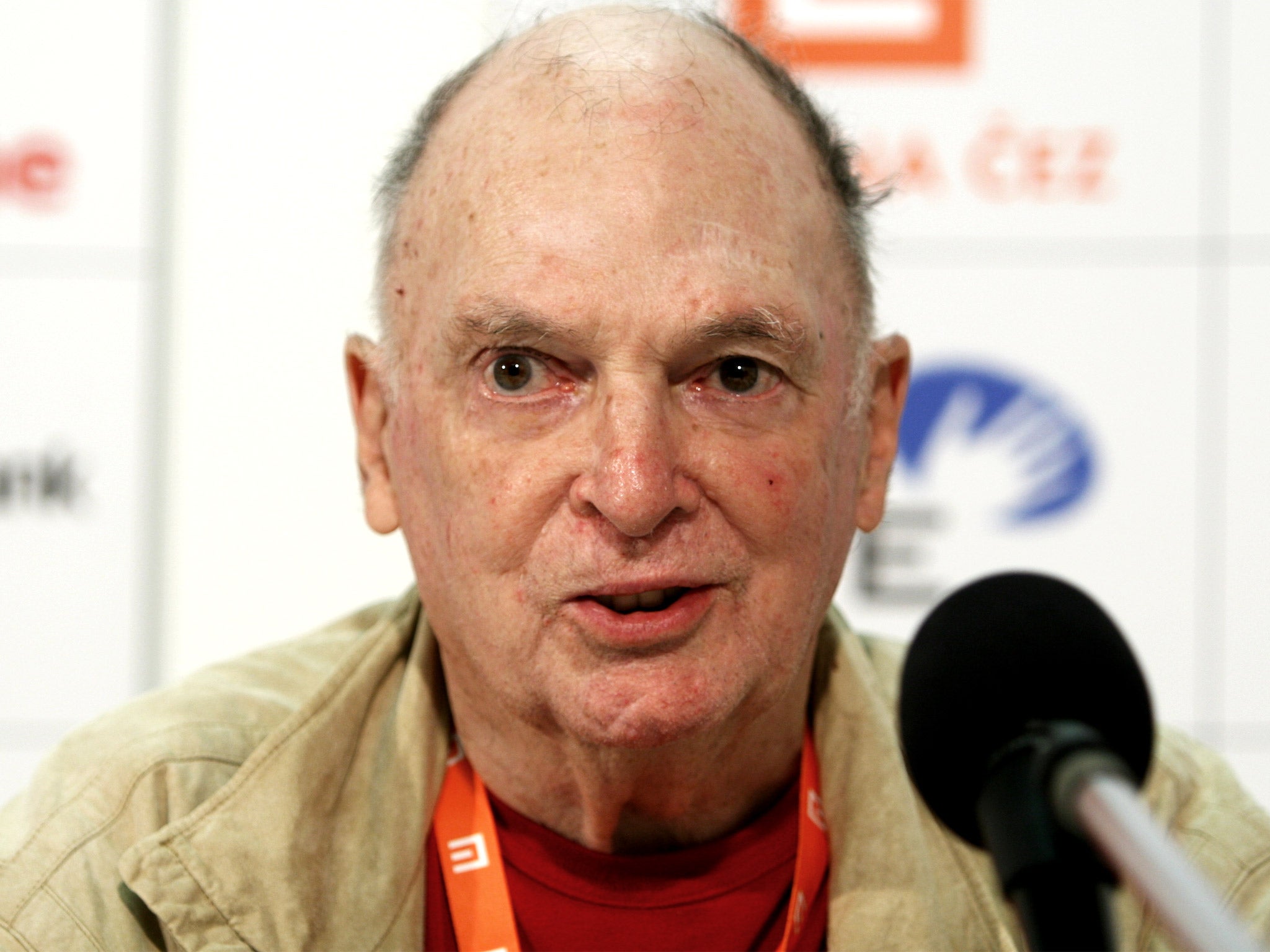Lorenzo Semple Jr: Award-winning screenwriter who helped create camp 'Batman' TV series and co-wrote the film 'Papillon'

The camp, tongue-in-cheek style of Batman was created by Lorenzo Semple Jr, the writer who put into action executive producer William Dozier's idea of bringing DC Comics' crime-fighting superhero and the Boy Wonder, Robin, to the screen in a kitsch series that would become a highlight of 1960s television around the world.
Bubble graphics burst out of the live action as Batman (Adam West) and Robin (Burt Ward) – the masked alter egos of millionaire philanthropist Bruce Wayne and his ward, the orphaned Dick Grayson – battled with equally colourful arch-villains such as the Joker (Cesar Romero), Penguin (Burgess Meredith), Riddler (Frank Gorshin and John Astin) and Catwoman (Julie Newmar and Lee Meriwether).
Semple and Dozier's caped crusader was portrayed with a moral backbone – even when it meant eluding the criminals. Once, when chasing the Joker, he refused to park in a no-parking area, so drove round the block to a legal spot but lost his prey. The programme (1966-68) owed its success to the huge number of adults watching alongside children and spawned a 1966 film spin-off with all four of the most popular villains (Eartha Kitt played Catwoman).
Although he wrote only the first four episodes of Batman – introducing each of the Big Four villains – and the film, Semple carved out the winning formula and remained as executive script consultant over the three series. He had originally been approached by Dozier after moving to Torremolinos, in the south of Spain, to live with his wife and children cheaply, but well, while writing a play.
“I mailed Bill the script at Fox,” Semple wrote in Variety in 2008. “He and his folks loved it. Then I flew back from Malaga to New York for a meeting with ABC, where Bill eloquently pitched the script and its high-camp POW!! BLAM!! WHAMMO!! style, those on-screen graphics already written in. The network was a bit flabbergasted, so different was this from their usual pilot, but they got it.”
Semple was born in the New York suburb of Mount Kisco, a nephew of the Philadelphia Story playwright, Philip Barry. His business executive father had been an aspiring writer. When the novelist Ursula Parrott, the mother of one of Semple's schoolfriends, encouraged him to write, he sold a love story to the Saturday Evening Post. In 1941, shortly after enrolling at Yale, he joined the American Field Service and became a volunteer ambulance driver for the Free French forces in the Middle East. He was awarded the Croix de Guerre after surviving a battle in the Libyan desert, then joined the US Army and received a Bronze Star for bravery.
On demob he studied drama writing at Columbia University, New York, and regularly contributed short stories to the Saturday Evening Post, Collier's, Women's Home Companion and Ladies' Home Journal.
He moved on to theatre with the romantic melodrama Tonight in Samarkand, adapted from a French play about a travelling circus, and it enjoyed a brief run on Broadway in 1955. Four years later he was back there with his original play Golden Fleecing, a comedy about US Navy officers stationed in Venice using their ship's computer in an attempt to win at roulette. It was turned into a 1961 film, The Love Machine, starring Steve McQueen, although Semple was not asked to write the screenplay.
However, he had written several TV scripts by then. His first was The Archangel Harrison, a 1956 play for The Alcoa Hour. He was commissioned to write four episodes (1964-65) of the crime drama Burke's Law, starring Gene Barry as the millionaire detective, and drew on his experience in Libya to script the first episode of the war drama The Rat Patrol (1966).
After launching Batman, Semple wrote a two-part story (1966) for another small-screen super hero hit, The Green Hornet, but he left TV behind when film offers came along. The first was Fathom (1967), starring Raquel Welch as a skydiver hired to recover a lost atomic device off the coast of Spain. He then won a New York Film Critics Circle Best Screenplay award for the comedy Pretty Poison (1968), featuring Anthony Perkins and Tuesday Weld.
He also co-wrote adaptations of other thrillers –The Parallax View (1974), starring Warren Beatty, and Three Days of the Condor (1975), a political mystery with Robert Redford and Faye Dunaway. He found himself replaced as writer on both films before the screenplays were finished, as happened on the prison drama Papillon (1973), featuring Steve McQueen and Dustin Hoffman. On his own, he wrote the disastrous 1976 remake of King Kong and the screenplay of Flash Gordon (1980).
Sean Connery welcomed the chance to reprise his role as James Bond when Semple scripted Never Say Never Again (1983), an “unofficial” 007 release based on Ian Fleming's novel Thunderball – but Dick Clement and Ian La Frenais were brought in to do some uncredited rewrites. When commissions slowed down, he lectured in screenwriting, and co-wrote his last screenplay, an adaptation of the supernatural novel Rapture, for television in 1993. In 2007 he went in front of the camera with Marcia Nasatir, a studio executive and agent, to review films and bicker for the YouTube series Reel Geezers.
ANTHONY HAYWARD
Lorenzo Semple III, screenwriter: born New York 27 March 1923; married Joyce Palmer (one son, two daughters); died Brentwood, California 28 March 2014.
Subscribe to Independent Premium to bookmark this article
Want to bookmark your favourite articles and stories to read or reference later? Start your Independent Premium subscription today.

Join our commenting forum
Join thought-provoking conversations, follow other Independent readers and see their replies